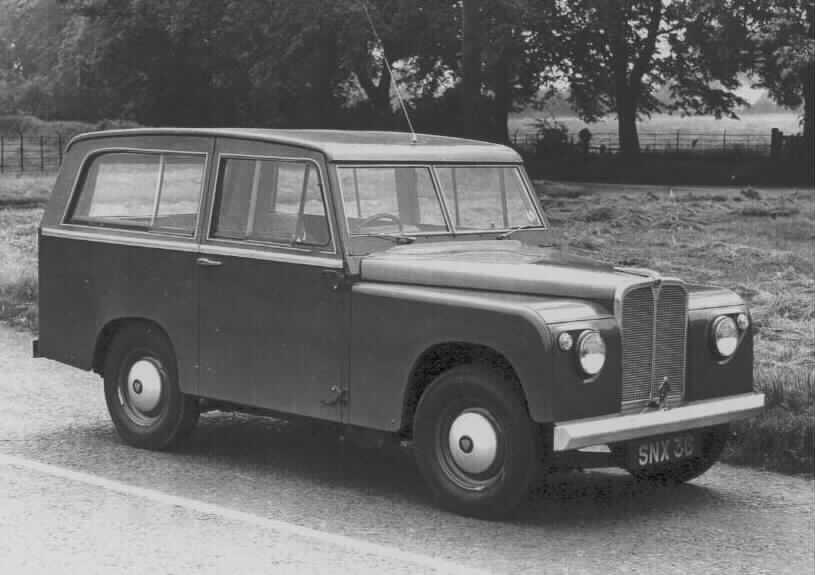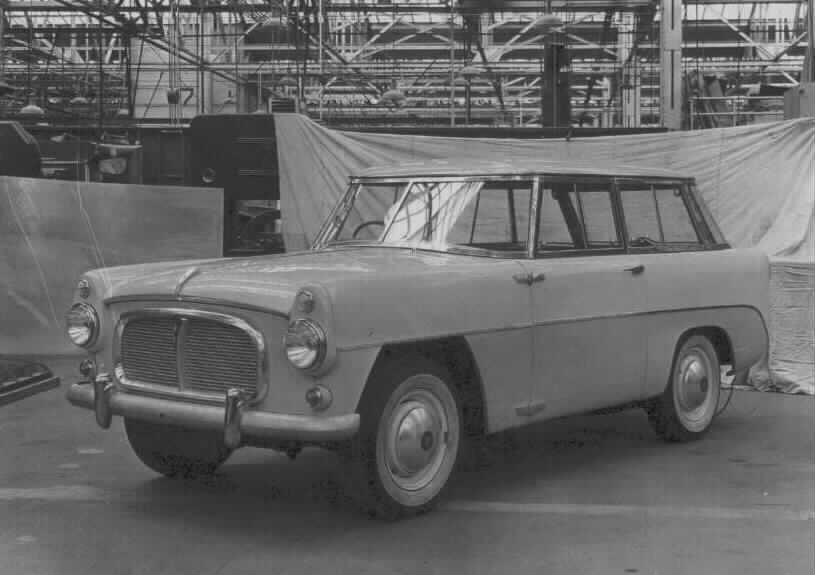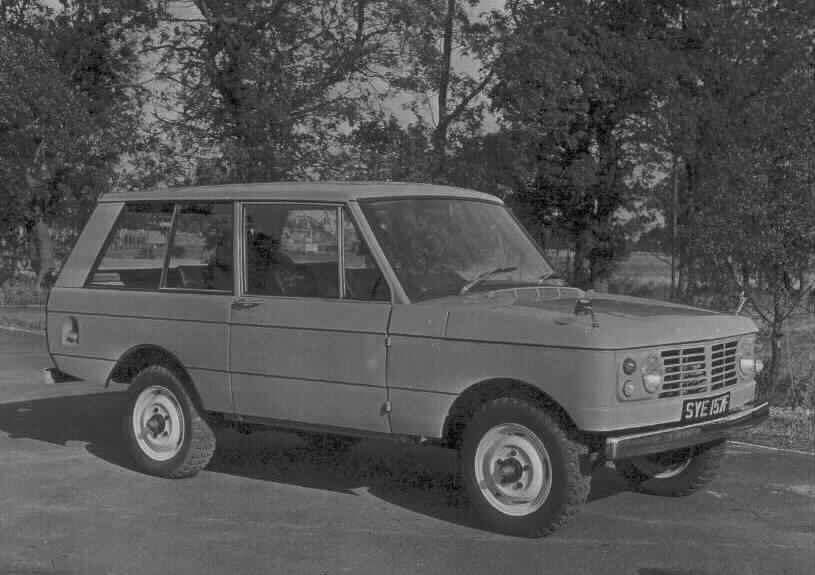Wednesday 17th June 1970 is not a date etched on many minds. It is however the day that the Range Rover was announced to the worlds motoring press. Unknown to the Rover Company, it was a vehicle that over the years would totally revolutionize the leisure car market, a world beater.
The story had started a lot earlier. The Rover company had been ‘toying’ with the concept of a more “up market” Land Rover Estate car since the early 1950’s. The first project was named “Road Rover”, and several prototypes were built using the P4 ‘Auntie’ Rover car chassis. Towards the end of the 50’s the project ground to a halt, and was shelved.
| It remained dormant for a number of years, until 1966 when engineers Spencer King, and Gordon Bashford decided to set about designing a Luxury Land Rover estate car, using the powerful but relatively lightweight V8 engine, based on the a 100″ wheelbase chassis.August 1967 saw the completion of the first prototype, bearing chassis number 100.1(100 inch chassis number 1), and the registration number SYE 157F. This was followed in 1968 by chassis 100.2 registration ULH 696F, this was a left hand drive version. Sadly both of these have long since been scrapped. |
| Five more prototypes were built, chassis numbers 100.3 to 100.7, of these, only two have survived, chassis number 100.6 registration number AOY 289H, and chassis number 100.7 registration number YVB 150H. |
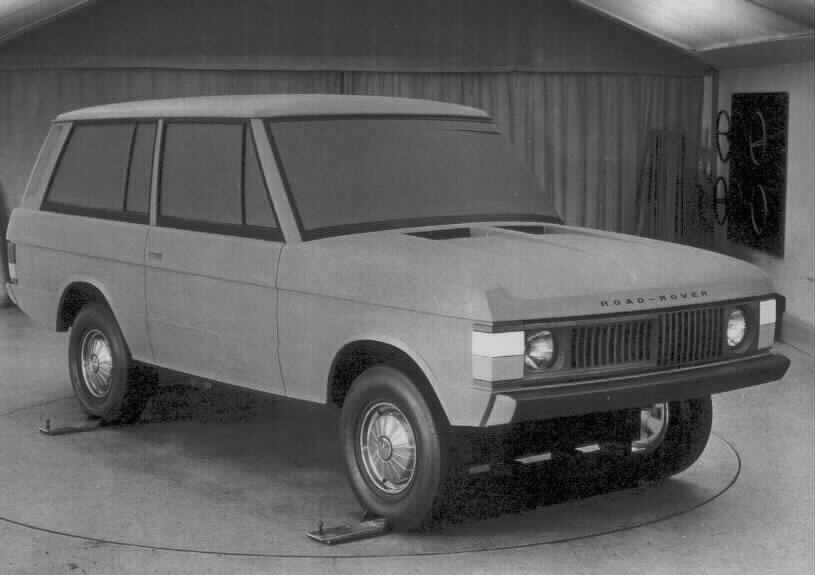 |
Almost there – the styling departments full-size clay model will settle the final shape of the Range Rover. Note the alternative grill styles, and the name “Road Rover” still lingers. |
| By late 1969 the prototypes had served their purpose, and “Line production” was ready to start, and a new chassis numbering scheme was introduced, using the numbers:355 to signify “Home market RHD”,358 to signify “LHD”356 to signify “RHD Export”
573 to signify “CKD” kits. 25 of these “Pre-production” Range Rovers were built during late 1969 and early 1970. They were registered in London, with the registration number sequence YVB 151H to YVB 175H. The first three YVB 151H, YVB 152H and YVB 153H were registered on 2nd January 1970. |
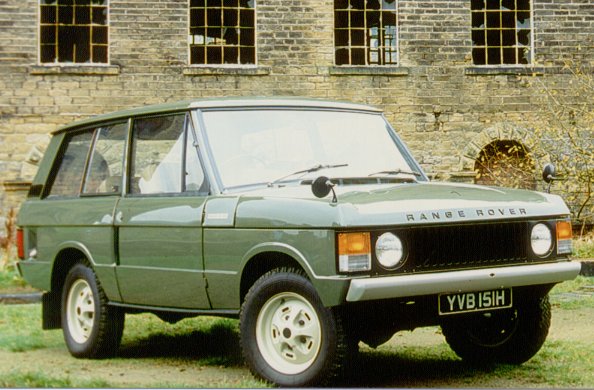 |
YVB 151H (Chassis number 1)Is owned by the Land Rover Centre Huddersfield, and on display at our premises.To find out more about this unique Range Rover, please go to:Range Rover YVB 151H – Chassis No 1 home page |
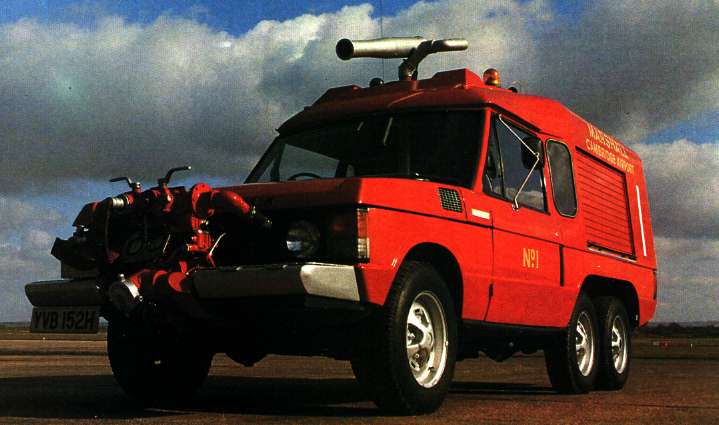 |
YVB 152H (Chassis number 2)Was converted by “Carmichael” to a 6 wheel fire tender and is still in service at Cambridge Airport. |
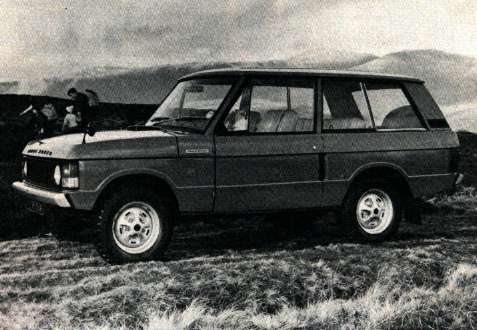 |
YVB 153H (Chassis number 3)Is on display at the Heritage museum, Gaydon. |
| The name “Velar” was used on these pre-production vehicles to confuse inquisitive observers about their true identity before the Range Rover was officially unveiled.A further 20 Range Rovers were built, with the Solihull registration sequence NXC 231H to NXC 250H.Originally a press launch in North Africa was considered, but the Range Rover was eventually unveiled to the world at the Meudon Hotel, in Cornwall.In total 86 Range Rovers were built in 1970,and the rest as they say . . .is history.
Acknowledgements Dave Shephard – For original article, pictures of Road Rovers, and pictures of YVB 152H and YVB 153H Nick Dimbleby – Pictures of YVB 151H |
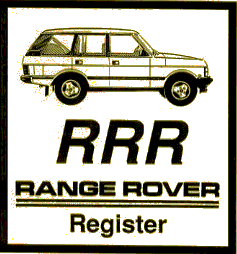 |
Want to know more ? Try the Range Rover Register web site – a great place for Range Rover owners to meet and discuss all aspects of this wonderful model
|

